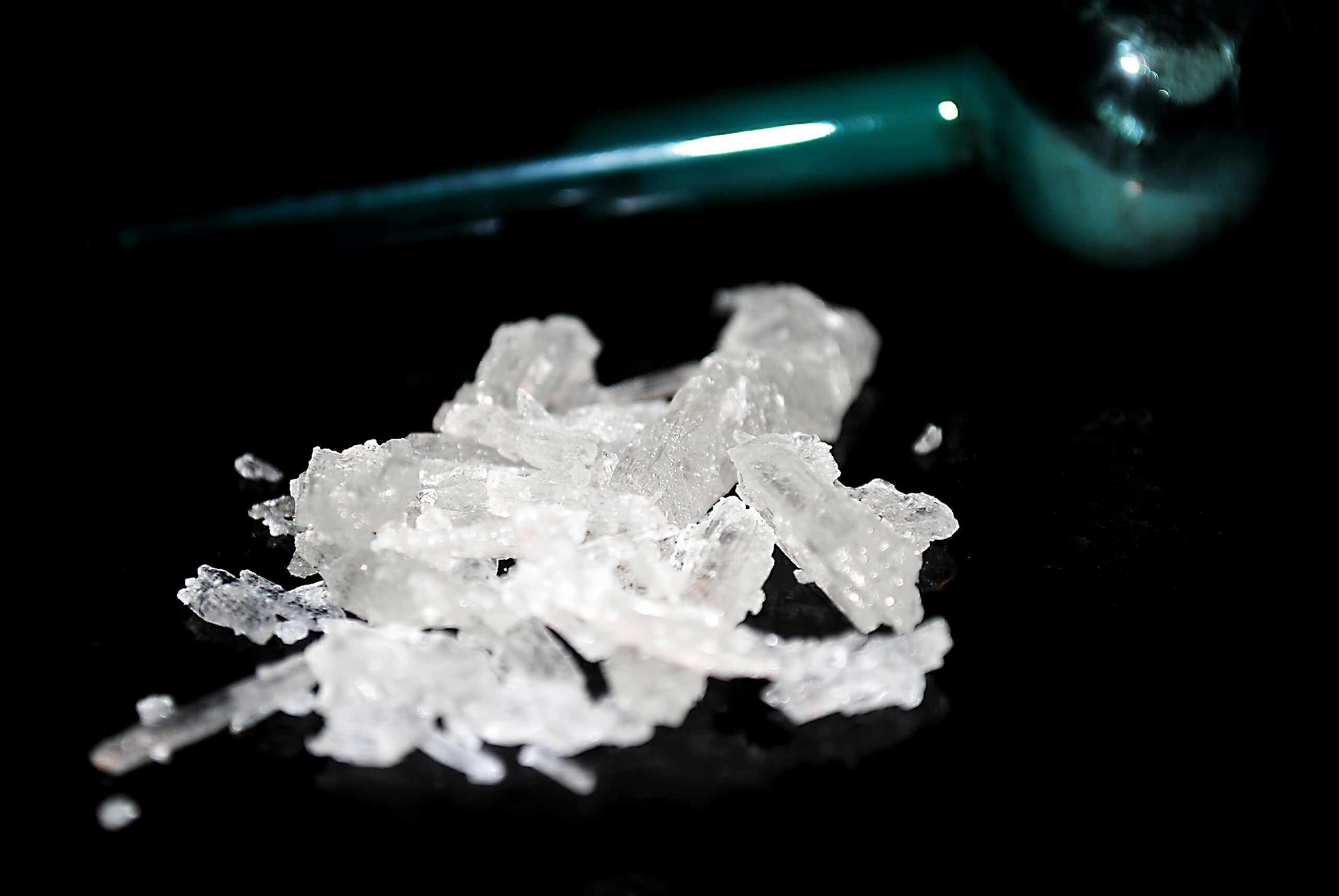Brought more into the collective mind by Breaking Bad, to say that methamphetamine is a highly addictive and incredibly potent drug is an understatement. Even with those adjectives.
It’s a wildly devastating stimulant.
The history of methamphetamine, and relatedly, the history of crystal meth are far more pedestrian affairs than the frenetic and chaotic show.
The humble origins of this strong stimulant date back to late 19th century Germany where a Japanese chemist, Nagai Nagayoshi, studying there synthesized amphetamines – and isolating ephedrine from the ephedra plant that was used in traditional Asian medicine for millennia – for the first time in 1887.
Not a lot happened in the world of amphetamines until the early 20th century.
It was in 1919 that the “magic” happened, so to speak. Again, a Japanese chemist, Akira Ogata, found a much easier, more simplified and streamlined way to create the stimulant but in a crystalline form and thus the world was introduced to crystal meth. This new form was also highly soluble in water making it an easy candidate for injection down the road.
Similar to the discovery of amphetamines, there wasn’t much reportable action on the drug for some years. Then came World War II and meth went gangbusters.
Soldiers on both sides of the war consumed prodigious amounts of amphetamines to stay awake and functional with the keenest use among the Germans and Japanese.
After the war, in the States, it shifted to become an attempted solution to many things, from increasing productivity to weight loss to asthma. It was finally regulated more aggressively in 1970 under the Controlled Substances Act.
What Is Methamphetamine?
Now that you know the history, what exactly is methamphetamine?
Per the National Institute on Drug Abuse, “Methamphetamine is a powerful, highly addictive stimulant that affects the central nervous system. Crystal methamphetamine is a form of the drug that looks like glass fragments or shiny, bluish-white rocks.”
It can be taken in a myriad of ways as well, people can smoke, swallow (in pill form), snort or inject the drug. The effect produced varies by intake method.
Is Methamphetamine Addictive?
As noted in their definition, not only is it addictive, it’s highly addictive. Meth releases a sizable amount of dopamine in the brain and those feelings of pleasure are enormous. So much so that people quickly want to experience it again but as tolerance builds and they need to take more and more to achieve the same high.
This creates and cements the cycle of addiction. Moreover, withdrawal, which is never pleasant, drives people to take more just to avoid those symptoms.
Dangers of Abusing Methamphetamine
The effects and dangers of meth are vast and seep into all parts of a person’s life. The physical, psychological and behavioral.
Physically, meth abuse can look like:
- Picking at skin obsessively leading to open sores
- Extreme weight loss due to malnutrition and loss of appetite
- Twitching
- Liver damage
- Heart arrhythmia
- Premature aging
- Blackened and rotting teeth also known as “meth mouth”
The specter of the physical damage is already haunting but the damage it sows in the mind is also immense:
- Anxiety
- Confusion
- Memory Loss
- Paranoia
- Visual and auditory hallucinations
- Delusions
- Insomnia
Which can all lead to behavioral problems:
- Moodiness
- Irritability
- Violent and aggressive outbursts
- Unpredictable behavior
- Borrowing money, stealing, etc. to get money for meth
- Problems at work, school, home
- Ignoring obligations and relationships
- Disregard to personal appearance or general hygiene
Get Help With a Crystal Meth Addiction Today
Given all of that, it goes without saying that methamphetamines are incredibly dangerous drugs. If you suspect someone in your life is having issues with them, don’t hesitate to reach out to us at Newport Beach Recovery Center and we can help advise the next steps to take.



